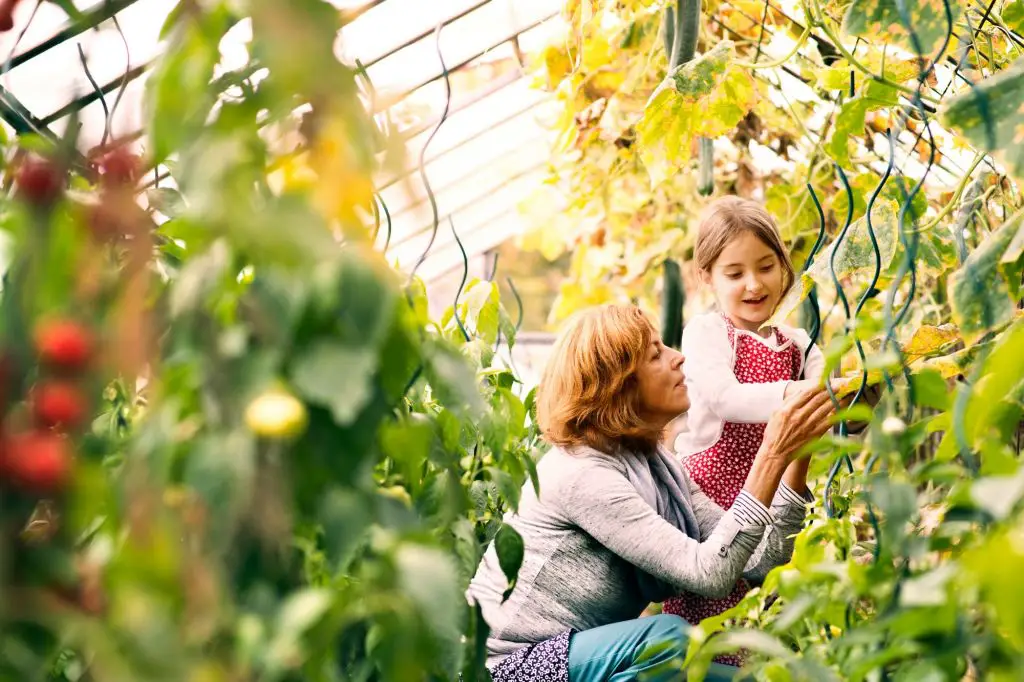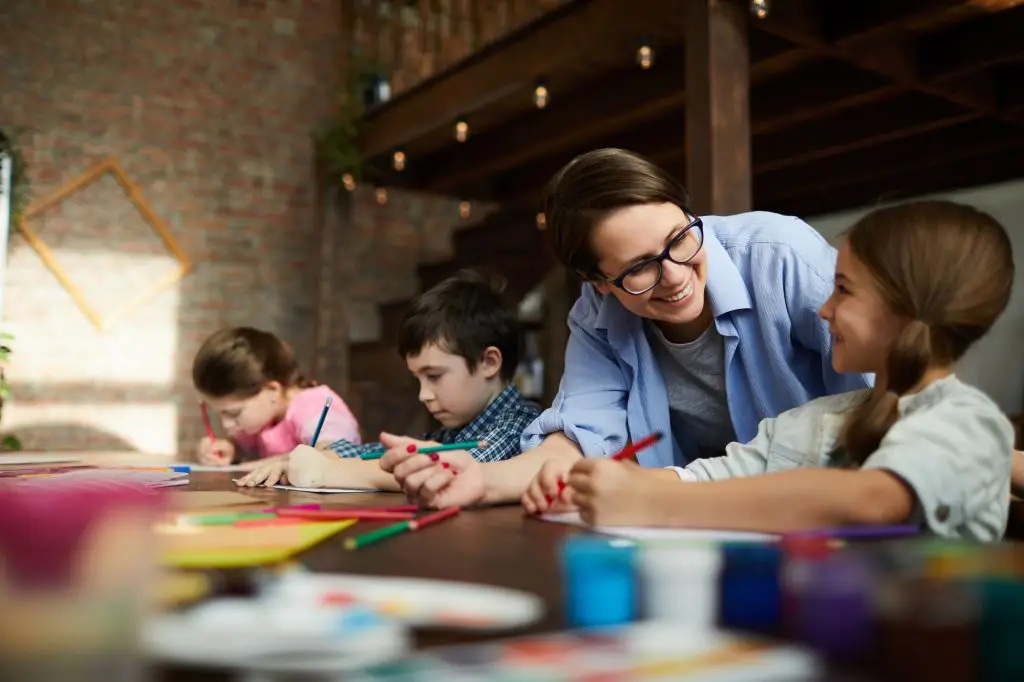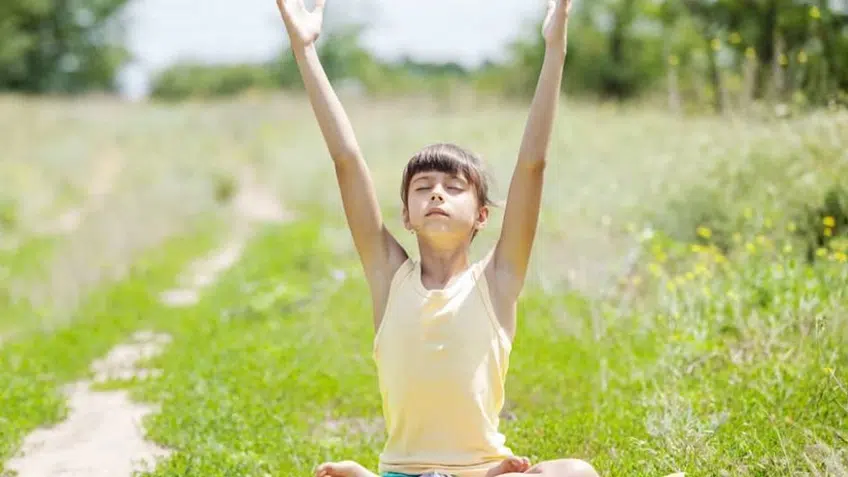What is Mindfulness?
Mindfulness is a practice that all parents should consider teaching their children. Naturally, kids are usually mindful, especially in their play, but they later get to a stage that tuning in to their senses, emotions, and inner thoughts becomes elusive. This stage arises usually as a result of their lives being more rushed and structured, and just at this point is the most crucial period they need to be taught the practice of mindfulness.
The question that strikes many of us is – what exactly is mindfulness? Before defining this term, it is worthy to know that mindfulness cannot be precisely described or explained. This is because mindfulness is an experience, rather than an action, and it is almost impossible to completely describe experiences in detail. To elucidate, if someone tells you he is happy, you can only assume that you know how he feels because you have once been happy, and not because you really can completely describe happiness.
If we are to describe mindfulness, we would say: Mindfulness has to do with intentionally paying attention to the present moment in a non-judgmental way. Quite simply, it is the period when you choose to speak, think, and act from a pristine state of conscious mind. Good health and happiness begins from the mind, thus it is important to teach your children about mindfulness, for it effectively helps to achieve a more elated state of mind.
Mindfulness and Your Brain is an interesting article that has references to how mindfulness works.

Mindfulness Exercises: How to make your Children Practice Mindfulness Daily?
Firstly, you should invest parts of your daily time to study and engage with your children. Watch them closely to identify periods that they are half-aware of what they are doing or thinking. Humans live on autopilot and most times do not put their full concentration on things happening in the present. Therefore it is perfectly normal for your child to have a lot of subconscious moments. The onus is on you to identify the periods that your child is on a state of mindlessness, and try to make them learn mindfulness through the means of activities and exercises. Help them bring more intent to their routines and let them dedicate a particular time daily to perfect the practice. Of course, your child does not have to be in the state of mindlessness before you engage him/her in activities that engender mindfulness. Below are some of them:
- Breathing exercise: To get your kids involved in this, try to get their interest, perhaps by playing soft music and putting coloruful pillows around them. When this brings calmness, ask them to act like they are smelling delicious food – this makes them breath in deeply. Finally, tell them to act like they are blowing out candles – this makes them exhale. Make them do this about ten times daily, and gradually increase.
- Safari: Also known as the mindful walk or nature walk, it allows your children to get fresh air and learn how to be in the present. While taking this walk with your children, ask them to notice every bird, creepy-crawlies, bugs, and any animal that walks, flies, swims, or crawls. Let them know they will have to talk about all the animals they noticed after the walk. This makes them keep all their senses focused.
- Mindful posing: Body poses is one of the most effective ways to attract your child to the practice of mindfulness. By just telling your child that striking fun poses together will make for a fun game you can bring in an element of fun to mindfulness. The activity will also make them feel happy, brave, and strong, and them focus in the present. Ask your child to try The Superman pose, The Wonder Woman pose, and whatnot, and ask how they feel after.
- Draw your emotions: It is sometimes difficult for children to express their feelings, but drawing emotions is quite effective to solve this issue. Tell your child to close his/her eyes and think of how they feels. You can offer words that express feelings to choose from (sad, happy, scared, disappointed, etc.)
- Silence game: The silence game requires that you tell your children to be as silent as possible, including with their bodies. This is a game you and your children can play. To make it fun, you can decide to make it a competition to determine who can stay silent for the longest period. At the end of the game, ask for what they saw or heard while being silent.
- Sound focus: This is a simple but profoundly effective activity. It entails banging on a pot or pan and inviting your child to signalize when the sound stops hanging in the air. Another way to involve in this activity is to play some music for your child and ask him to ascertain the number of different instruments he hears.

Importance of Mindfulness in Children
- Mindfulness helps children thrive in school: Most research carried out about mindfulness in children happen in schools. Different research has however proven that mindfulness reduces the possibility of depression, anxiety, and stress among students in secondary school. It is also very effective in making students happy during lessons. Evidently, students in good states of mind often outperform others.
- Mindfulness helps children make better decisions: The decision-making abilities of children are definitely not as great as adults. Most children rarely even make decisions, for their parents guide them on everything. If as a parent, you assist your child in learning the ability of making good decisions, then you are doing a great work in building a better future for your child. Mindfulness is profoundly effective practice that can give your child that great decision-making ability faster. Mindfulness will help your child in identifying decisions, making decisions, implementing decisions, assessing decisions, and also reaching conclusions. Mindfulness helps children develop important life-skills.
- Mindfulness helps control anger: Mindfulness can also be an effective anger management practice. Anger is a complex emotion, and if unfortunately your child is the kind that gets angry easily, then you have a lot of work to do to help him/her get rid of it in the early stage. One solution that has been found to be effective is teaching your child the practice of mindfulness. Mindfulness helps your child to understand that he/she has control over situations, and therefore do not need to get angry. Mindfulness helps children be more balanced.
- Mindfulness makes your child uninhibited: As a parent, we understand that you want your child to express his/her feelings to more. We do not really have control over what our children tell us – they only say what they feel like saying. However, it is important for a child to communicate his/her feelings and thoughts often. Mindfulness enhances compassion, strengthens relationship, and allows your child to feel relaxed. These factors make children feel comfortable to communicate their feelings and thoughts more.

